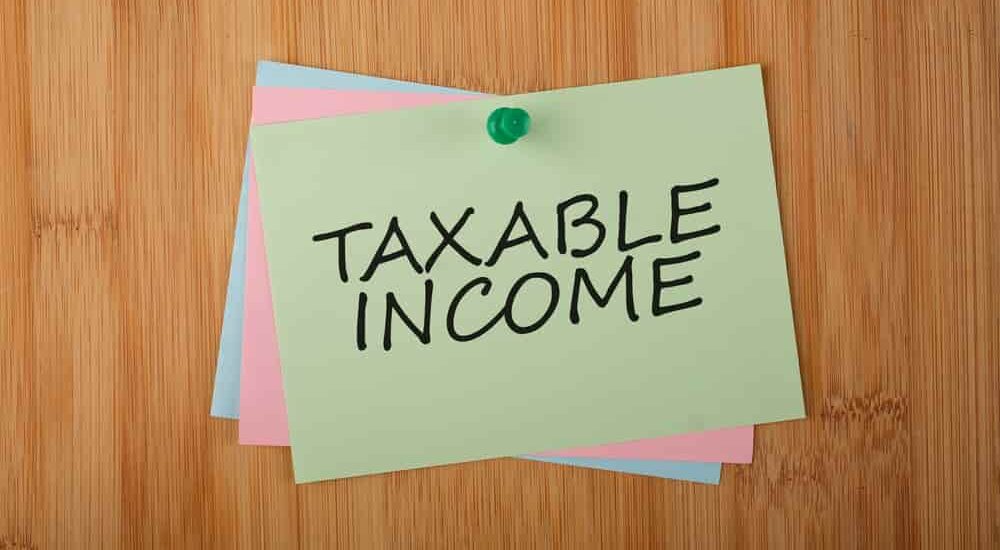- February 26, 2024
- Posted by: admin
- Category: Jobs

Share this via:
The evolution of technology and other factors is causing changes in the modern workforce and causing many individuals to seek more autonomy and explore entrepreneurial freedom. Many have ventured into self-employment with advantages like becoming one’s boss, having a flexible schedule, and having unlimited self-expression opportunities. Despite these advantages, being self-employed also has its drawbacks.
The Numerous Faces of Self-Employment
The world of self-employment is multifaceted, ranging from gig workers to freelancers to entrepreneurs. Irrespective of the name or form, they all enjoy the liberating highs of creative control and flexible hours and endure the daunting lows of financial uncertainty and the absence of traditional employment benefits.
The journey into self-employment demands strategic thinking, resilience, being multiskilled, and a keen understanding of the various dimensions of pursuing an independent professional path.
One of the great benefits of being self-employed is having more control over income and taxes than the average employee, which opens up money-saving options for individuals.
Understandably, the responsibility of managing your finances can be daunting, as it also involves the issue of taxes. However, it poses a unique opportunity to exercise greater control over taxable income.
Ways to Control and Reduce Your Taxable Income
There are proven and effective strategies for the self-employed individual to manage and reduce their taxable income. Some of them include:
1. Leveraging on Deductions: There is an array of deductions that are available to the self-employed; unlike employees on a traditional payroll, freelancers, entrepreneurs, and gig workers can deduct a variety of business-related expenses. These include business-related travel, equipment purchases, home office expenses, equipment purchases, and a portion of phone and internet bills.
To maximize these deductions, the individual must keep detailed records of all business-related transactions throughout the year. Many experts recommend using accounting software like FreshBooks, Xero, Zoho Books, and QuickBooks Online. Alternatively, one can hire a professional to ensure accuracy and completeness. Thus, by leveraging deductions, self-employed individuals can significantly lower their taxable income while operating a thriving business.
2. Strategic Management of Income and Expenses: When managing taxable income, timing is everything. Self-employed individuals can deliberately time their business income and expenses to their advantage. For instance, to reduce the current year’s taxable income, the self-employed can delay the issuance of invoices until the end of the year. Thus, pushing the income into the following tax year reduces the current year’s taxable income.
Likewise, accelerating deductible expenses can also have a similar effect. Buying necessary business equipment or supplies before the year’s end can provide an immediate tax benefit. Thus, by carefully managing income and expense timing, self-employed individuals can exercise greater control over their taxable income.
3. Contributing to Retirement Accounts: Many self-employed individuals lack the luxury of an employer-sponsored retirement plan; however, they can still control their financial future by contributing to some retirement accounts designed especially for the self-employed. Several options include a Simplified Employee Pension (SEP) IRA or a Solo 401(k), which offer tax advantages while helping them secure long-term financial stability.
The contributions to these accounts are tax-deductible, which reduces the individual’s taxable income for the year. Hence, by proactively investing in retirement funds, the self-employed can plan for their future and reap immediate tax benefits.
4. Leveraging Health Savings Accounts (HSAs) and Flexible Spending Accounts (FSAs): For many business owners, freelancers, and gig workers, health-related expenses can constitute a significant burden. Still, tax-advantaged accounts such as HSAs and FSAs offer relief. The contributions to these accounts are tax-deductible, and withdrawals for qualified medical expenses are tax-free.
Many self-employed individuals can use these accounts to cover out-of-pocket medical costs while reducing their taxable income. Moreover, HSAs provide the additional benefit of allowing individuals to accumulate funds for future medical expenses.
5. Optimizing the Business Structure: Choosing one business structure over another plays a significant role in determining the tax liability of the self-employed individual. Most sole proprietorships, partnerships, limited liability companies (LLCs), and S corporations have unique tax implications. Thus, it is pertinent for self-employed individuals to assess particular criteria like their business goals, size, and anticipated income to select the most tax-efficient structure for their needs.
For instance, forming an LLC or an S corporation can provide a level of separation between personal and business income, potentially resulting in lower self-employment taxes. Therefore, hiring or paying for the services of a tax professional when deciding the best business structure can lead to substantial tax savings.
The self-employed can reap financial benefits by substantially reducing their taxable income. Explore some of these suggestions further and thank us later!

